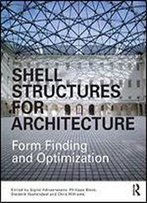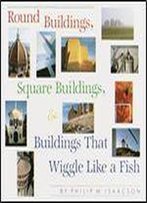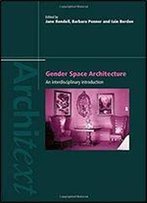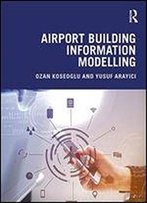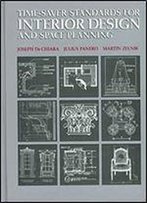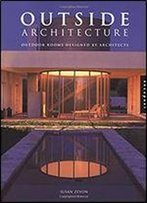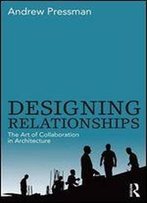
Reyner Banham: Historian Of The Immediate Future
by Nigel Whiteley /
2001 / English / PDF
6.4 MB Download
Winner in the 2002 AAUP Book, Jacket, and Journal competition
for excellence in design in the category of Scholarly
Illustrated.
Winner in the 2002 AAUP Book, Jacket, and Journal competition
for excellence in design in the category of Scholarly
Illustrated.
Reyner Banham (1922-88) was one of the most influential writers on
architecture, design, and popular culture from the mid-1950s to the
late 1980s. Trained in mechanical engineering and art history, he
was convinced that technology was making society not only more
exciting but more democratic. His combination of academic rigor and
pop culture sensibility put him in opposition to both
traditionalists and orthodox Modernists, but placed him in a unique
position to understand the cultural, social, and political
implications of the visual arts in the postwar period. His first
book,
Reyner Banham (1922-88) was one of the most influential writers on
architecture, design, and popular culture from the mid-1950s to the
late 1980s. Trained in mechanical engineering and art history, he
was convinced that technology was making society not only more
exciting but more democratic. His combination of academic rigor and
pop culture sensibility put him in opposition to both
traditionalists and orthodox Modernists, but placed him in a unique
position to understand the cultural, social, and political
implications of the visual arts in the postwar period. His first
book,Theory and Design in the First Machine Age
Theory and Design in the First Machine Age (still in
print with The MIT Press after forty years), was central to the
overhaul of Modernism, and it gave Futurism and Expressionism
credibility amid the dynamism and change of the 1960s.
(still in
print with The MIT Press after forty years), was central to the
overhaul of Modernism, and it gave Futurism and Expressionism
credibility amid the dynamism and change of the 1960s.
This intellectual biography is the first comprehensive critical
examination of Banham’s theories and ideas, not only on
architecture but also on the wide variety of subjects that
interested him. It covers the full range of his oeuvre and
discusses the values, enthusiasms, and influences that formed his
thinking.
This intellectual biography is the first comprehensive critical
examination of Banham’s theories and ideas, not only on
architecture but also on the wide variety of subjects that
interested him. It covers the full range of his oeuvre and
discusses the values, enthusiasms, and influences that formed his
thinking.


